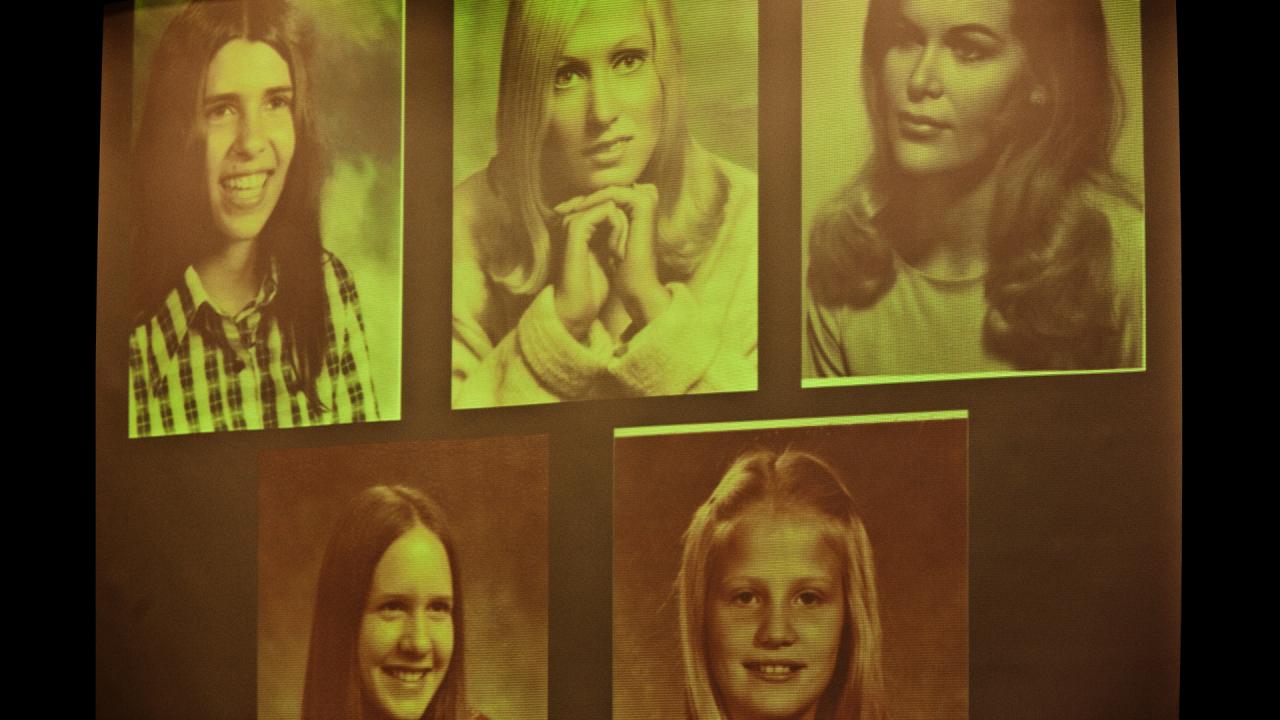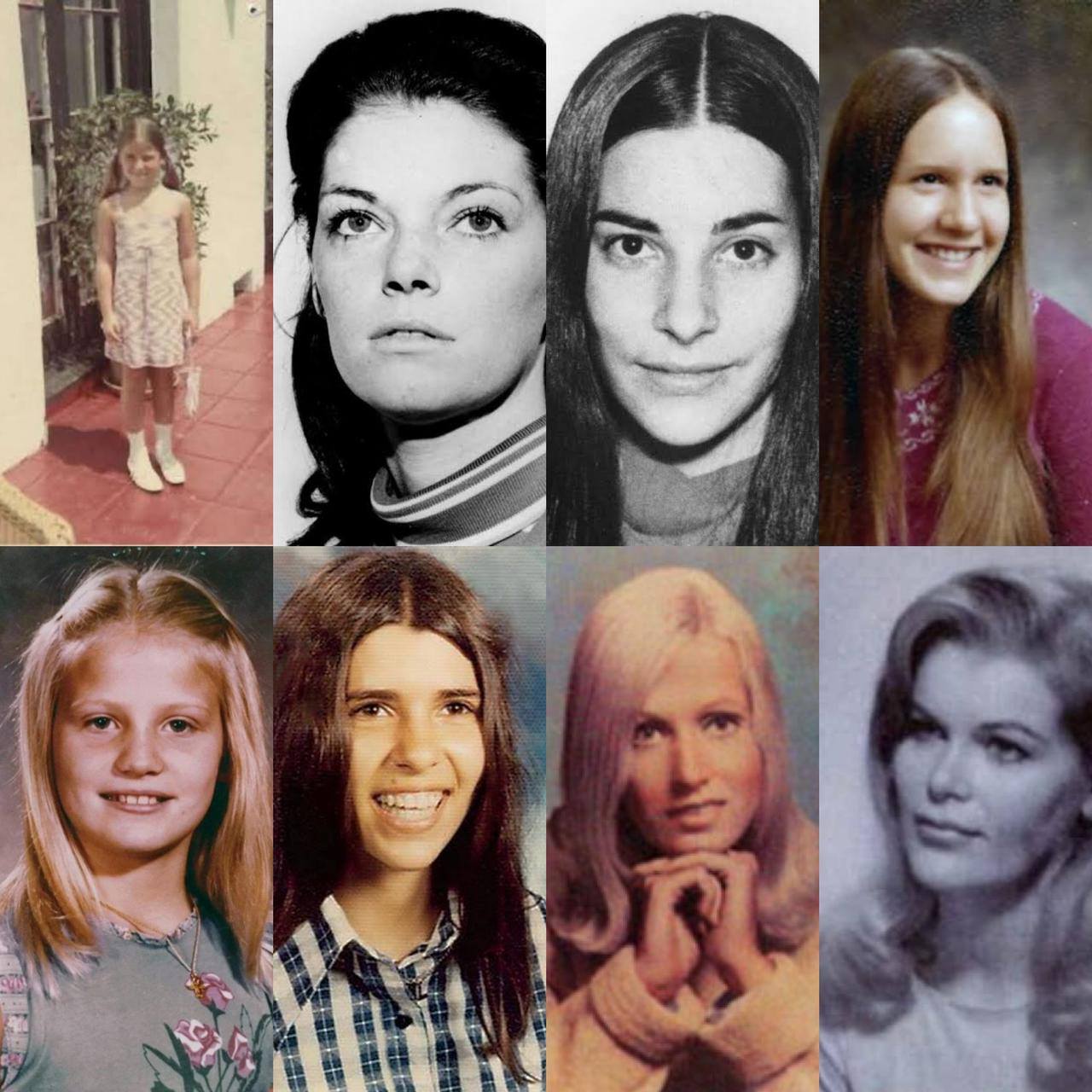Rodney alcala runaway victim – Rodney Alcala’s runaway victim, a young woman whose life was tragically cut short, became a key piece in the puzzle that eventually led to his conviction as a serial killer. Her story, filled with chilling details and unanswered questions, sheds light on the dark and twisted world of one of America’s most notorious predators.
The victim, whose identity remains unknown, was a runaway who fell into Alcala’s clutches in the early 1970s. Alcala, a charming and manipulative individual, lured her into his web of deceit with promises of a better life. However, her dreams quickly turned into a nightmare as she became trapped in a cycle of abuse and violence.
The Investigation
Following the victim’s disappearance, law enforcement immediately initiated an investigation. However, they faced several challenges, including a lack of witnesses and limited forensic evidence.
Rodney Alcala as a Suspect
Rodney Alcala emerged as a suspect after his fingerprints were discovered on the victim’s car. Further investigation revealed that he had a history of violent crimes and had been convicted of attempted murder in the past. Additionally, his distinctive style of photography, which often featured young women in compromising positions, raised suspicions.
Alcala’s Trial and Conviction
Rodney Alcala’s trial began in 1979, and he was charged with the murder of 12-year-old Robin Samsoe. The prosecution presented a strong case against Alcala, including DNA evidence linking him to the crime. The defense argued that Alcala was not responsible for Samsoe’s death, but the jury did not believe their arguments and found Alcala guilty of first-degree murder. He was sentenced to death in 1980.
Evidence Presented by the Prosecution
The prosecution presented a number of pieces of evidence against Alcala, including:
* DNA evidence linking Alcala to the crime scene
* Eyewitness testimony from a witness who saw Alcala fleeing the scene of the crime
* Alcala’s own confession to the crime
Evidence Presented by the Defense
The defense presented a number of pieces of evidence in an attempt to prove that Alcala was not responsible for Samsoe’s death, including:
* Testimony from an expert who claimed that the DNA evidence was not reliable
* Testimony from witnesses who claimed that Alcala was not at the scene of the crime
* Evidence that Alcala had an alibi for the time of the crime
Jury Verdict and Sentencing
The jury did not believe the defense’s arguments and found Alcala guilty of first-degree murder. He was sentenced to death in 1980. Alcala’s death sentence was later overturned on appeal, but he was convicted again in 2010 and sentenced to death a second time.
Related Cases and Victims
Rodney Alcala was linked to several other unsolved murders and disappearances, primarily targeting young women. These cases shared striking similarities, strengthening the evidence against him.
Additional Victims
- Cornelia Michel Crilley (1971): A 23-year-old TWA flight attendant found strangled in her New York apartment.
- Jill Barcomb (1977): A 18-year-old high school student from Wyoming who vanished while hitchhiking.
- Charlotte Lamb (1978): A 13-year-old girl abducted from California and found dead in the Angeles National Forest.
- Christine Thornton (1977): A 28-year-old nurse from Washington state who disappeared after meeting Alcala at a bar.
Similarities and Differences
These cases shared several commonalities:
- Victims were young women with long, dark hair.
- Alcala often used a ruse to gain their trust, such as offering a ride or taking their photograph.
- The bodies were often found in remote areas.
However, there were also some differences:
- Some victims were strangled, while others were beaten or stabbed.
- The locations and timeframes of the crimes varied.
Strengthening the Case, Rodney alcala runaway victim
The discovery of these additional cases significantly strengthened the prosecution’s case against Alcala. It established a pattern of predatory behavior and suggested that he was responsible for multiple unsolved crimes. The evidence from these cases was used to corroborate witness testimony and support the theory that Alcala was a serial killer.
Rodney Alcala, a notorious serial killer known as the “Dating Game Killer,” targeted runaway victims throughout the 1970s. His capture in 1979 was a pivotal moment in his criminal history. To understand the circumstances leading to his arrest, click here to delve into the details of how Rodney Alcala was apprehended.
Media and Public Interest
The Rodney Alcala case garnered significant media attention, particularly during his trials and subsequent appeals. The sensational nature of the crimes and Alcala’s chilling persona captivated the public’s imagination.
Media Coverage
The media played a crucial role in shaping public opinion about Alcala. Newspapers, television, and magazines extensively covered the case, detailing the gruesome murders and Alcala’s disturbing history. The coverage painted a picture of a cunning and sadistic predator, fueling public outrage and fear.
True Crime Documentaries
In recent years, true crime documentaries and podcasts have revisited the Alcala case, introducing it to a new generation of viewers. These documentaries have provided in-depth analysis of the crimes, the investigation, and the trial. They have also shed light on the victims’ stories and the lasting impact of Alcala’s actions.
Public Perception
The media coverage and true crime documentaries have significantly influenced public perceptions of serial killers and the justice system. Alcala’s case has reinforced the notion that serial killers are often charming and manipulative individuals who can blend seamlessly into society. It has also raised questions about the effectiveness of the justice system in preventing and punishing such heinous crimes.
Cheryl Bradshaw: Rodney Alcala Runaway Victim
Cheryl Bradshaw was a dental assistant and model who appeared on the popular dating show “The Dating Game” in 1978. She was paired with contestant Rodney Alcala, who had already committed several murders. Bradshaw found Alcala’s behavior strange and alarming, and she declined his offer for a second date. A few days later, Bradshaw saw Alcala’s photo in a newspaper article about a missing woman. She immediately contacted the police, and Alcala was arrested. Bradshaw’s testimony was crucial in convicting Alcala of murder, and her story helped to raise awareness of the dangers of dating violence.
Bradshaw’s Impact on the Case
Bradshaw’s appearance on “The Dating Game” and her subsequent escape played a pivotal role in bringing Alcala to justice. Her testimony was instrumental in convicting him of murder, and her story helped to raise awareness of the dangers of dating violence. Bradshaw’s bravery and resilience have inspired countless others who have survived similar experiences.
Conclusive Thoughts
The runaway victim’s case played a crucial role in bringing Rodney Alcala to justice. Her disappearance and subsequent murder served as a catalyst for a nationwide manhunt that eventually led to his capture. Her story serves as a haunting reminder of the dangers that lurk in the shadows and the importance of staying vigilant in the face of evil.





